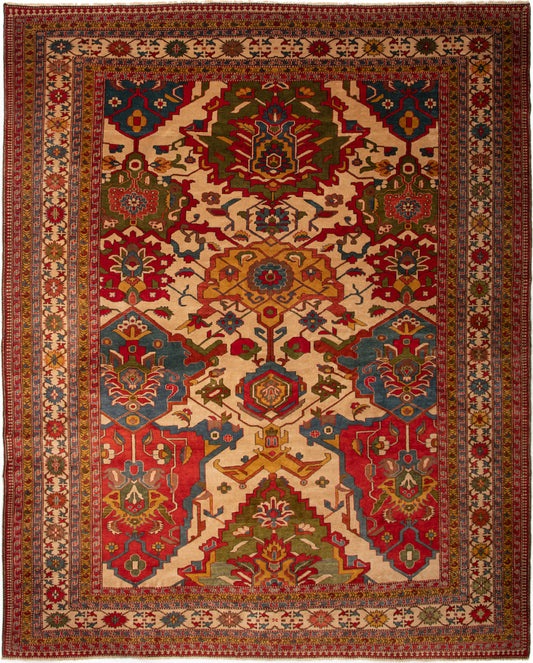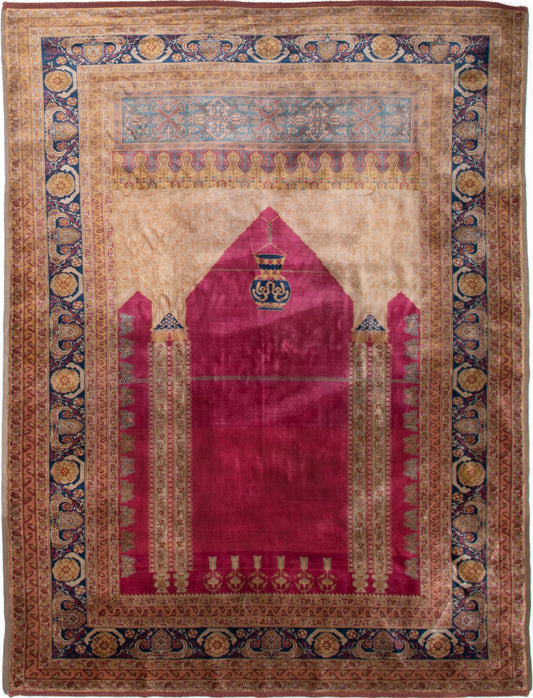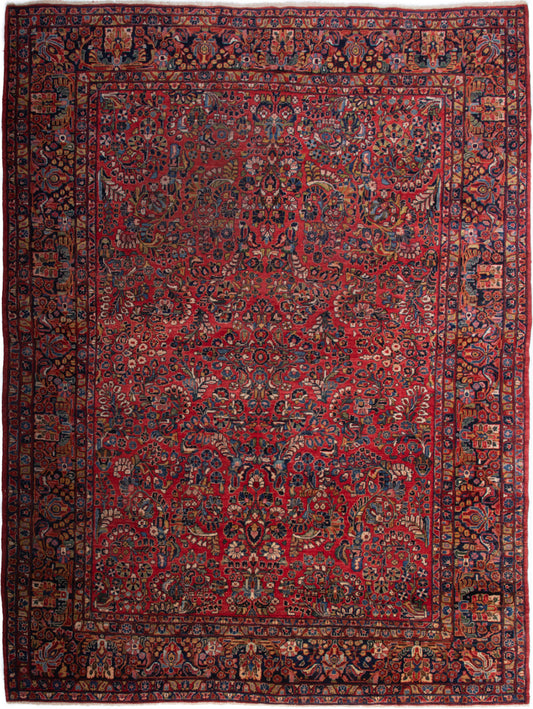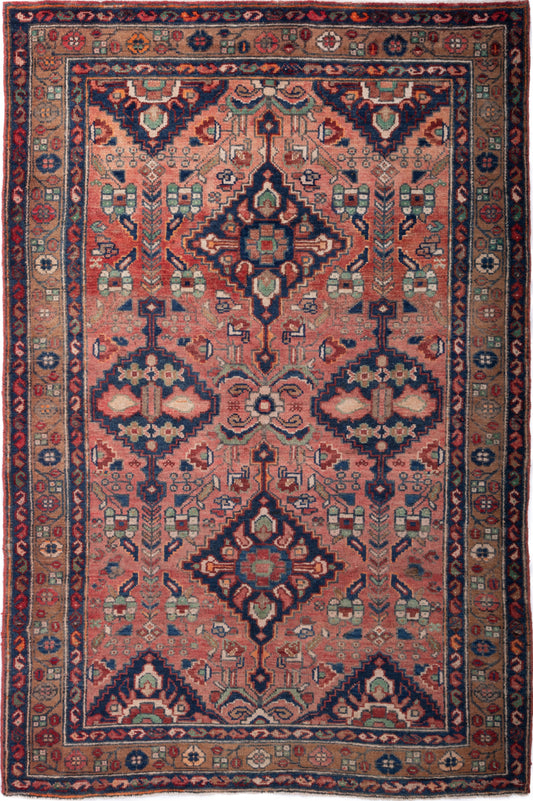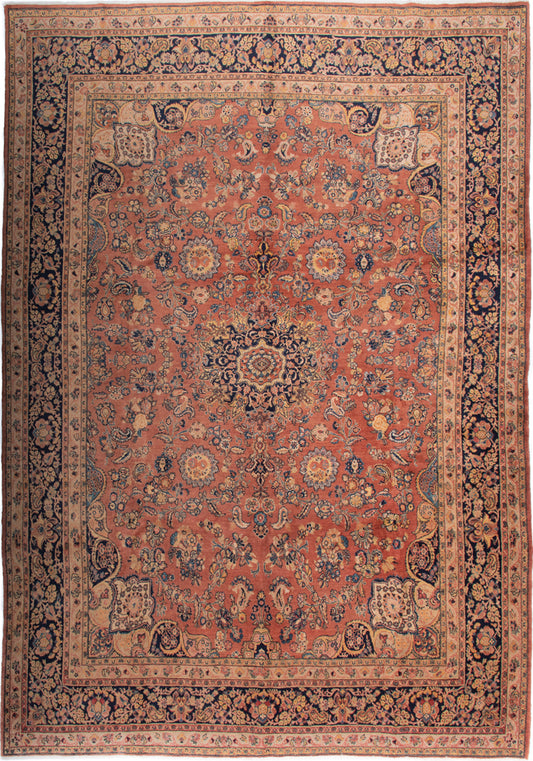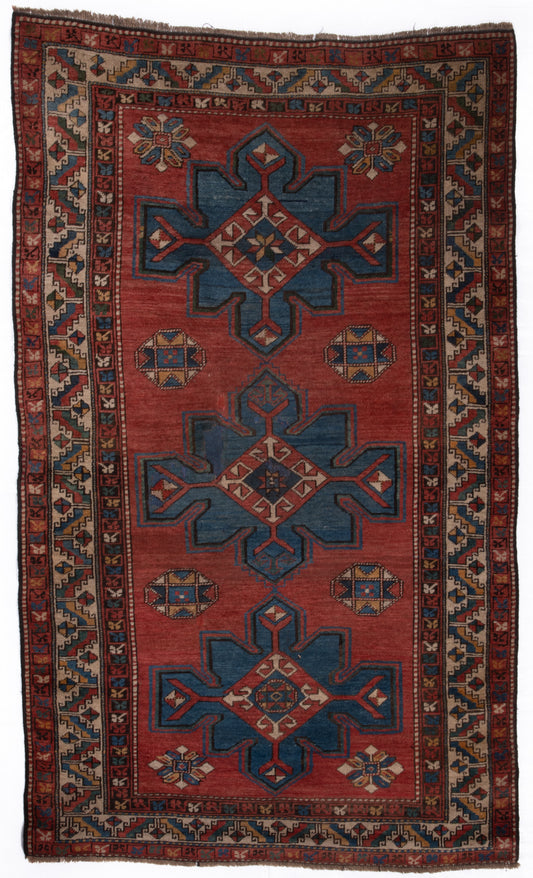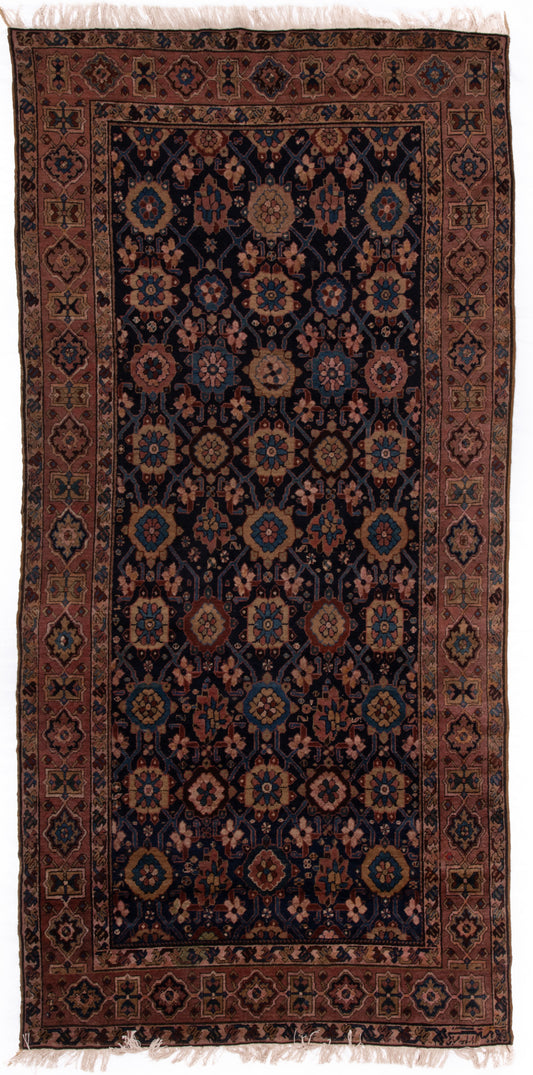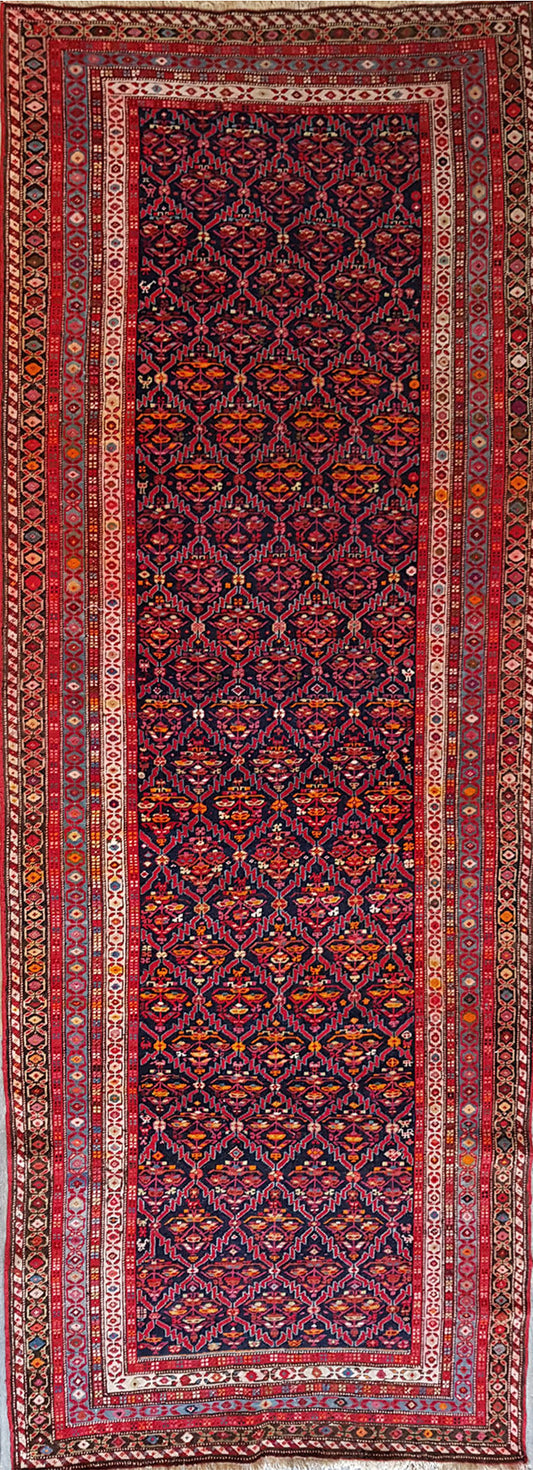Antique Rugs Guide
Welcome to the world of antique, semi-antique, and vintage rugs—a realm where art, history, and culture intertwine in woven masterpieces. These rugs, particularly those of Persian and Oriental origin, hold immense aesthetic and cultural value, offering a glimpse into the rich tapestry of history. Whether you're a novice enthusiast or an amateur collector, this guide aims to deepen your understanding and appreciation of these beautiful artifacts.
A Brief History and Origin
The art of rug-making dates back thousands of years, with the earliest known examples discovered in regions spanning from China to Persia, and Anatolia to the Caucasus. These rugs were not only utilitarian items but also symbols of social status and cultural expression. They often featured intricate designs inspired by nature, mythology, and the weaver's personal experiences.
Each region developed its distinct style, leading to a wide array of rug types, each with its own unique charm. Persian rugs, for instance, are renowned for their intricate floral and geometric patterns, while Oriental rugs—a term generally referring to rugs produced in Asia—offer a wide range of designs, from the elaborate motifs of Turkish rugs to the minimalist aesthetics of some Chinese carpets.
Famous Antique Rugs
Over the centuries, some antique rugs have gained fame due to their unique designs, exquisite craftsmanship, and intriguing histories. Here are a few notable examples:
The Ardabil Carpet
Created in 1539-1540 CE, the Ardabil Carpet is often considered one of the finest examples of Persian rugs. This stunning masterpiece, adorned with intricate designs and bearing an inscription of its weaver, is now housed in the Victoria and Albert Museum in London.
The Pazyryk Carpet
Discovered in a Scythian burial mound in Siberia, the Pazyryk Carpet is the oldest known example of a pile rug, dating back to the 5th century BCE. Despite its age, the rug's rich colours and detailed motifs, including horsemen, deer, and mythical creatures, remain remarkably vibrant.

Fereghan Sarouk
Fereghan Sarouk rugs, produced in the Arak region of Iran during the 19th century, are highly sought after by collectors. These rugs are known for their fine weave, rich color palette, and intricate designs often featuring a central medallion and floral motifs.
Recognizing Antique Rugs
Antique rugs are typically over 100 years old, while semi-antique rugs are roughly 50-100 years old. Vintage rugs, on the other hand, usually date back to the mid-20th century. However, the age of a rug is just one factor to consider.
The origin of the rug also plays a critical role in its value. Certain regions, like Persia (Iran), Turkey, and parts of China, have a long-standing reputation for producing high-quality rugs. A rug's condition—its wear, color fading, and any repairs—is another crucial aspect. The best-preserved rugs often fetch higher prices, but signs of wear can also add character and attest to the rug's age, enhancing its appeal to some collectors.
What Collectors Look For
When it comes to antique rugs, several factors can influence a collector's interest and the item's value.
Age and Condition
As previously mentioned, the age of a rug and its condition are paramount. Older rugs in excellent condition are rare finds and are highly prized by collectors.
Design and Craftsmanship
The design and craftsmanship of a rug are testament to its cultural heritage. Intricate, symmetrical designs and high knot density often indicate skilled craftsmanship, which adds to a rug's appeal.
Rarity
Rare designs, colors, or sizes can significantly increase a rug's value. A unique rug stands out in a collection and serves as a conversation piece.
Provenance
The provenance or history of a rug can also add value. A rug with a documented history or one that was owned by a notable person can command higher prices.
Care and Maintenance
Proper care and maintenance are essential for preserving the beauty and value of antique, semi-antique, and vintage rugs.
Cleaning
Rugs should be cleaned regularly to remove dust and prevent moth damage. However, antique rugs require gentle cleaning methods. It's best to shake them out or use a vacuum cleaner without a beater bar. For deep cleaning, consider hiring a professional experienced in antique rug care.
Storage
If you need to store your rug, roll it—don't fold it—to avoid creases. Store it in a dry place, away from direct sunlight, and check it periodically for any signs of moth activity.
Restoration and Repair
Antique rugs may require restoration or repair due to wear and tear. It's essential to entrust these tasks to skilled restorers to maintain the rug's integrity and value.
Investment Potential of Antique Rugs
Aside from their historical and artistic value, antique rugs are often viewed as investment pieces. Like fine art, well-preserved antique rugs can appreciate over time, especially those that are rare or hold significant cultural importance.
However, investing in antique rugs requires a deep understanding of the market and rug characteristics. Trends can shift, and what's desirable today may not be tomorrow. Therefore, it's wise to purchase rugs that resonate with you personally, rather than purely for potential financial gain.
Market Trends
While it's challenging to predict market trends, certain factors can influence the value of antique rugs. For example, geopolitical events can affect the availability of rugs from certain regions, thereby influencing their prices. Similarly, changing tastes in home décor can drive demand for specific styles or colors.
Appreciation over Time
Given their durability and the craftsmanship involved, well-cared-for antique rugs can retain or even increase their value over time. This appreciation can make them a worthwhile investment for those with a passion for these captivating artifacts.
Conclusion
Entering the world of antique, semi-antique, and vintage rugs is a journey into a rich historical and cultural legacy. As you explore this realm, remember that these rugs are more than just decorative pieces—they're woven stories that echo the lives, traditions, and aspirations of the artisans who crafted them.
Whether you're drawn to these rugs for their aesthetic appeal, historical significance, or potential as an investment, understanding and appreciating their value will enhance your experience. So, go forth and immerse yourself in the fascinating world of antique rugs.
Browse Our Current Selection of Antique Rugs
-
Persian Shiraz Antique Rug
Regular price £2,495.00Regular priceUnit price / per -
Persian Shiraz Antique Rug
Regular price £345.00Regular priceUnit price / per -
Antique Chinese Peking Rug
Regular price £745.00Regular priceUnit price / per£895.00Sale price £745.00Sale -
Antique Caucasian Shirvan Rug
Regular price £39,975.00Regular priceUnit price / per -
Antique Turkish Konya Rug
Regular price £6,975.00Regular priceUnit price / per -
Antique Persian Sarouk Rug
Regular price £5,975.00Regular priceUnit price / per -
Antique Persian Hamadan Rug
Regular price £1,195.00Regular priceUnit price / per -
Antique Persian Sarouk Rug
Regular price £11,975.00Regular priceUnit price / per -
Antique Persian Hamadan Runner Rug
Regular price £3,995.00Regular priceUnit price / per -
Antique Caucasian Rug
Regular price £1,895.00Regular priceUnit price / per£2,095.00Sale price £1,895.00Sale -
Antique Caucasian Rug
Regular price £17,975.00Regular priceUnit price / per -
Antique Caucasian Shirvan Runner Rug
Regular price £7,975.00Regular priceUnit price / per




